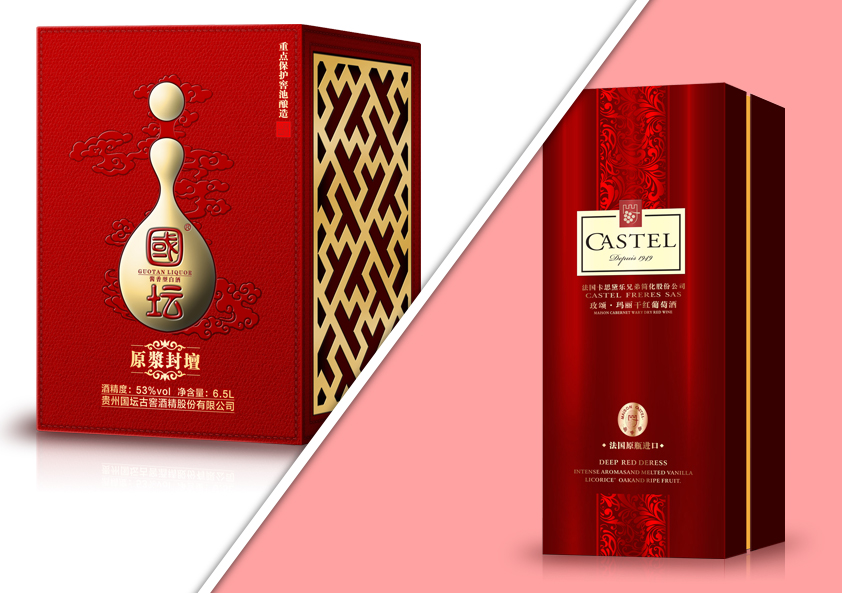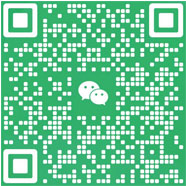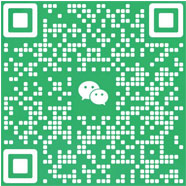China is playing an increasingly important role on the international stage, with its scientific and technological level ranking among the forefront of the world. The development of packaging boxes is also advancing rapidly. As a result, the expression needs of ethnic elements have become more urgent in China's planning.
Traditional elements in our country embody the essence of Chinese culture, and modern product planning has significant practical significance. However, some current product plans formalize the incorporation of Chinese elements into modern packaging boxes, adding so-called Chinese elements to the appearance of products to indicate their "Chinese characteristics". So how can we correctly guide traditional elements in China to better utilize their functionality in modern packaging boxes?
This article discusses the phenomenon of improper use of certain packaging boxes for Chinese elements, and approaches modern packaging box planning from a deeper perspective, allowing for a more reasonable integration of traditional ethnic elements and modern packaging boxes, and finding a living environment for Chinese ethnic elements.
1、 The Application of Ethnic Elements in International Modern Product Planning
It is a necessary path to analyze and discuss the planning ideas and concepts of a nation, explore its past history, and analyze its traditional context from multiple dimensions. In the international industrial planning river, each representative product of a country has its traditional ethnic characteristics. The internationalist style packaging boxes represented by the United States are characterized by high functionalism and high orderliness, originating from the prehistoric culture and national customs of the nation; Luxury and classicism are typical features of French packaging boxes, originating from the prehistoric culture and religious beliefs of the nation; The simplicity and humanization of Japanese packaging box planning originate from the traditional culture and living environment of the nation. The modern planning of "Chinese style" products also requires the fusion of Chinese national culture and prehistoric culture, making traditional Chinese cultural elements a brilliant artistic crystallization of Chinese culture.

2、 Reflection on the Phenomenon of Traditional Element Usage in China
At present, some of the planning circles in China have ethnic elements. Product planning adds abstract pictorial symbols to the appearance of the product, and reflects "Chinese style" in a shallow form. Many modern packaging boxes with the name of "Chinese style" do not deepen their understanding of Chinese traditional elements. Representative Chinese elements such as Paper Cuttings and opera facial makeup are simply superimposed on the surface of the product, but stay on the expression of form and appearance. This is not a product planning that conforms to national characteristics. The product presents a hard born and lacks internal visual touch.
3、 The Correct Development Direction of Ethnic Characteristic Planning in China
Chinese traditional culture, as the source of product planning with national characteristics, should become an important entry point for planners to deepen their exploration. For example, the current society has stirred up a wave of craftsmanship spirit, guiding modern people to re understand the "arts and crafts" that were once abandoned by us. The treasures that excavate the national characteristics of our country should not only be souvenirs purchased in tourist streets, but should be truly touched by personal experience, in-depth research and investigation, and the intricate relationship between handicrafts and handicrafts, in order to deepen our understanding of traditional folk culture. As Japanese planning master Ichiko Tanaka once said, "I don't know where it is, and whoever made it by hand has no way to intervene. There is no density of paper in the details, and the instructions you draw determine the standards. Therefore, only in the planning that is considered by the brain, you have already seen the boundaries." It is a wrong approach to conduct research based solely on second-hand graphic and textual materials. Only through practice can we delve into the essence and reach the essence.
It is noteworthy that most packaging boxes have now gone from being simply imitated in the traditional sense to containing more innovative and highly ethnic packaging boxes.
For example, after Starbucks, the world's largest coffee brand, arrived in China, it not only built its own brand but also used traditional Chinese elements in planning, creating and restructuring the brand to bring new sensory enjoyment to Chinese people. Starbucks has a coffee shop that combines local planning with local construction in terms of clever strategies, which is highly characteristic of the local area. I also have a high level of expertise in the planning of products related to traditional Chinese culture, and have applied Chinese elements to its catering industry.
Starbucks introduced a special cup named "Big Lucky Italy". The connection between the body of the cup and the handle is combined to form a auspicious character, which combines Chinese plum blossoms, orchids, and regular script auspicious characters on the surface, deepening the meaning and having an inherent meaning. The "Great Lucky Italy" mug uses medium ugly and withered red colors, which not only conform to traditional Chinese elements in form but also in color expression. Because of their commonality, they quickly gained the love of consumers and were also Starbucks' original intention.


